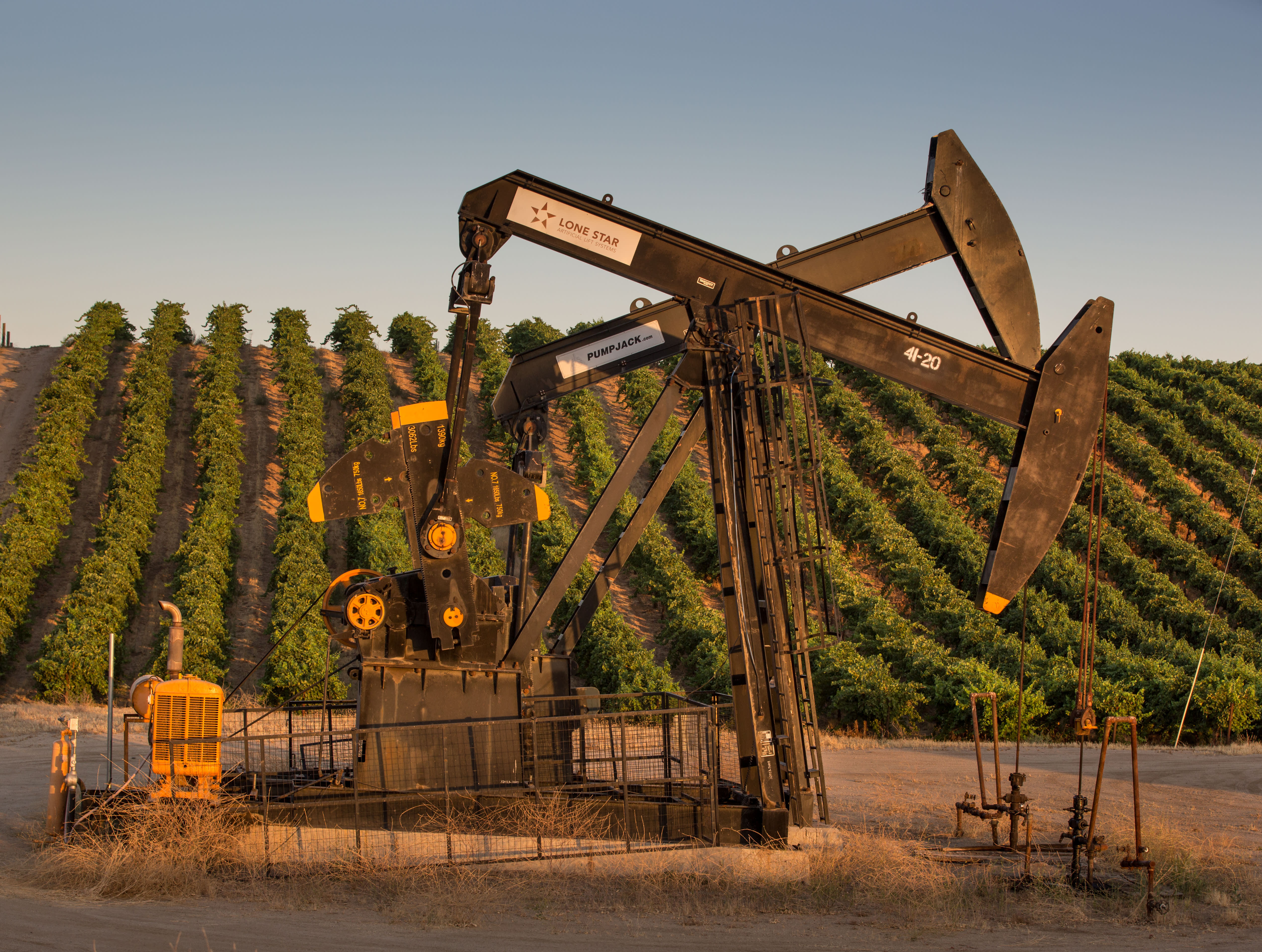U.S. oil production is back and set to increase in 2022 after more than a year of OPEC and its allies “running the show,” according to Daniel Yergin, vice chairman of IHS Markit.
Output could rise by as much as 900,000 barrels per day, he told CNBC’s “Squawk Box Asia” on Wednesday.
U.S. oil firms slashed production in 2020 as the coronavirus pandemic destroyed demand and supply has not yet recovered to pre-Covid levels. In 2019, the U.S. produced 12.29 million barrels of crude oil per day, according to the U.S. Energy Information Administration.
That figure was 11.28 million in 2020 and is estimated to be 11.18 million in 2021 and 11.85 million in 2022.
“The U.S. is back,” Yergin said. “For the last year, year and a half, it’s been OPEC+ running the show, but U.S. production is coming back already, and it’s going to come back more in 2022.”
He added that he has been on two calls where the U.S. energy secretary asked companies to increase production.
“That, of course, is because the Biden administration is so deeply concerned or alarmed about inflation, and about its political impacts,” he said.
Yergin also predicted oil prices will stay in the $65 to $85 per barrel range and that $100 oil is unlikely “unless some big geopolitical turmoil happens.”
International benchmark Brent crude futures were up 0.49% at $79.62 on Thursday morning in Asia, while U.S. crude futures gained 0.47% to trade at $76.92.
U.S.-Russia relations
Yergin also discussed the Jan. 10 security talks between U.S. and Russian officials.
Tensions at the Russia-Ukraine border have been high for weeks, and the U.S. and European allies have been alarmed by the build up of Russian troops.
U.S. President Joe Biden and Russian President Vladimir Putin spoke via video call on Dec. 7. Putin asked that Ukraine be denied membership in the North Atlantic Treaty Organization — but the U.S. did not accept that demand.
There likely isn’t any intention for NATO to accept Ukraine into the alliance, but there’s a need for “strategic ambiguity,” Yergin said.
“Ukraine’s not going to become part of NATO, but … you can’t have Vladimir Putin dictating that to you,” he added.
The question is how to reach an agreement that “saves face for everybody,” he said.
Negotiations will be tough, but “at least they are having conversations,” said Yergin.
— CNBC’s Natasha Turak, Amanda Macias and Holly Ellyatt contributed to this report.
